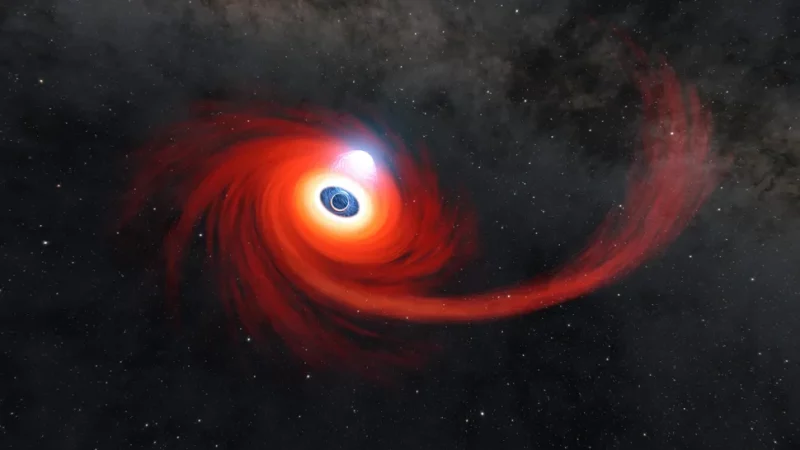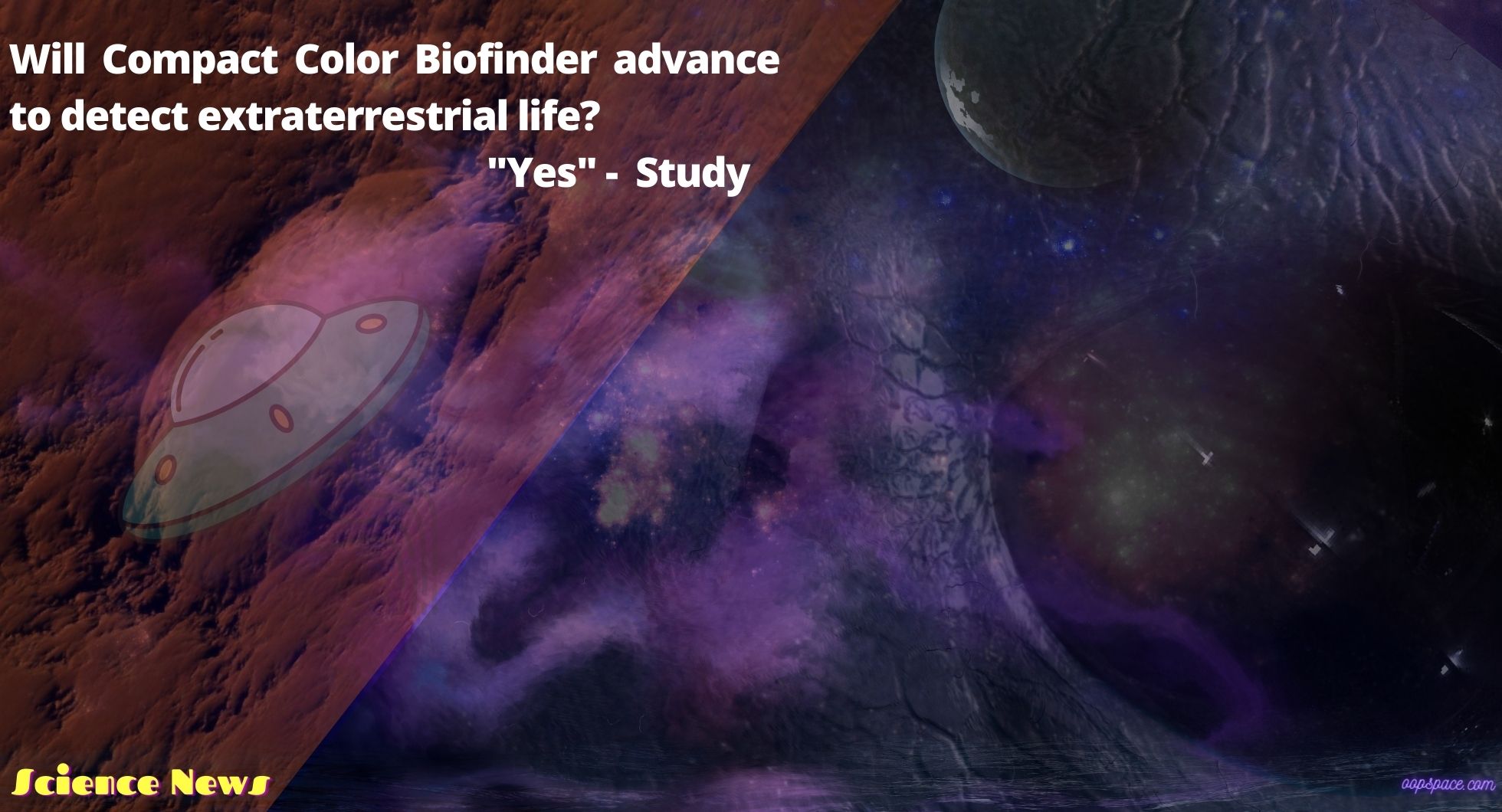Astronomers observe destroyer black hole-triggered massive space explosion

Astronomers have observed AT2022aedm, an entirely new type of cosmic explosion that may have been triggered by a small or medium-sized black hole consuming a star. The deadly explosion capable of outshining most supernovas, according to astronomers. AT2022aedm, discovered by astronomers using the ATLAS network of robotic telescopes approximately 2 billion light-years away from Earth, is unlike any other explosions that we routinely observe.
AT2022aedm, which researchers have aptly defined as the “Luminous Fast Cooler” (LFC), stands as a stark departure from the norm. As lead astrophysicist Matt Nicholl from Queen’s University Belfast states, this cosmic phenomenon challenges conventional categorization, displaying an energy output that surpasses that of most supernovas.
“We’re always on the lookout for things that are a bit weird and different from standard kinds of supernovas, of which we find hundreds or even thousands per year,” Nicholl is reported by space.com as saying.
The explosion’s swift decline from peak brightness to near-invisibility in just 14 days is equally puzzling. This means that AT2022aedm radiated as much energy, nearly ~ 6 x 1050 ergs (1 J = 107 erg), in two weeks as the sun will emit over its entire 10-billion-year lifetime.
Interestingly, researchers say the event’s unique characteristics rule out core-collapse supernovae, and it does not align with much rarer Type-Ia supernovae, happening roughly once every 500 years in the Milky Way.
AT2022aedm, as Nicholl says, “can’t be a normal core-collapse supernova because the galaxy it is seen in only has old low-mass stars; it doesn’t have anything more than eight times the mass of the sun, and that’s what you need to have to get to get a supernova.”
Instead, astronomers are turning their attention to black holes, specifically, medium-sized black holes and their capacity to shred stars into cosmic fireworks.
“If you had a lower mass black hole that was in a dense environment with lots of stars, and one of those stars got very, very close to the black hole, even a stellar black hole with a mass 10 to 100 times that of the sun would still be able to potentially tear up and consume one of the stars,” the lead astrophysicist explained.
The significance of this finding lies in its potential to enhance our understanding of the growth mechanisms of supermassive black holes. AT2022aedm has challenged conventional wisdom by suggesting that intermediate-mass black holes, those with hundreds to thousands of times the sun’s mass, could be behind the formation and growth of supermassive black holes.
According to Nicholl, intermediate-mass black holes are expected to consume stars, and they don’t have to be the center of the galaxies because they could have been kicked out of the center by a bigger black hole.
“LFCs could potentially be associated with intermediate-mass black holes, and if so, they would give us a new way to try to find and account for medium-sized black holes,” he said.
Moreover, the discovery of AT2022aedm is not a sole incident. Researchers have uncovered two additional events with similar characteristics, Dougie and AT2020bot, that share similarities in luminosity, timescales, color evolution, and largely featureless spectra and proposes they may constitute a new class of transients called “luminous fast coolers.”
All three events (AT 2022aedm, Dougie, and AT 2020bot) occurred in passive galaxies at offsets of ∼4–10 kpc from the nucleus. The light curves and spectra of these transients appear consistent with shock breakout emission, but this mechanism is usually associated with core-collapse supernovae, so the encounter of a star with a stellar-mass black hole is suggested as an alternative explanation.
To date, this is the first-ever view of a destructive cosmic explosion generated by a black hole. However, ‘… the universe still has a lot of surprises in store, and when we build a new telescope, we will find new things, and that is going to help us to understand our universe better,’ Nicholl concludes.
The team’s research was published on September 1 in The Astrophysical Journal Letters.


